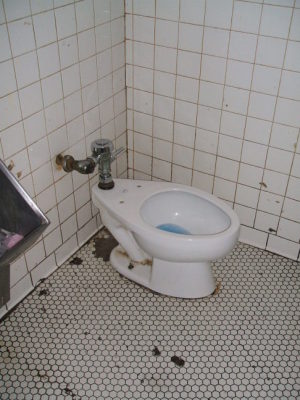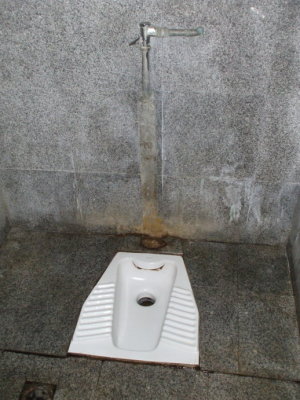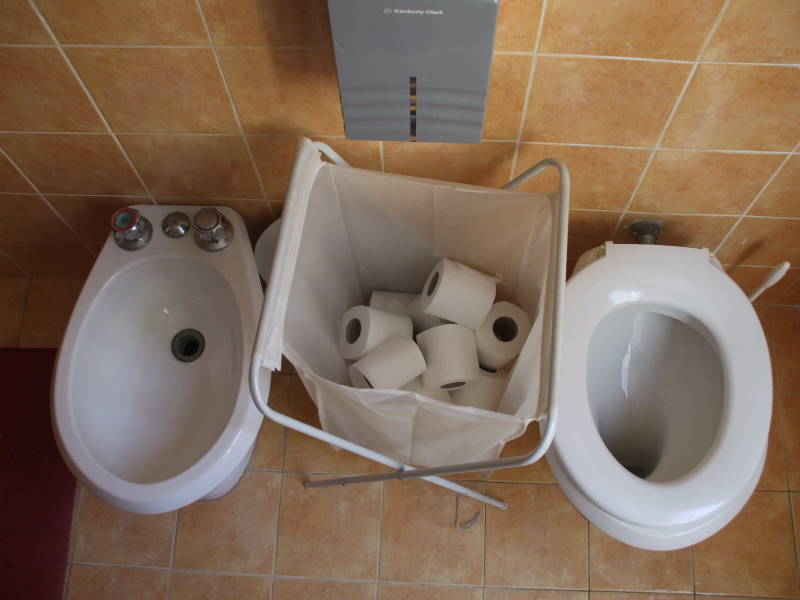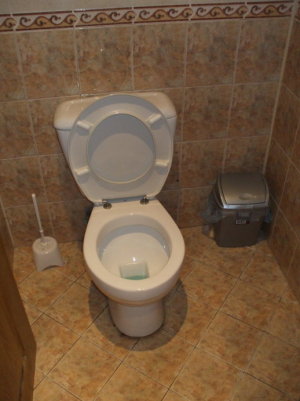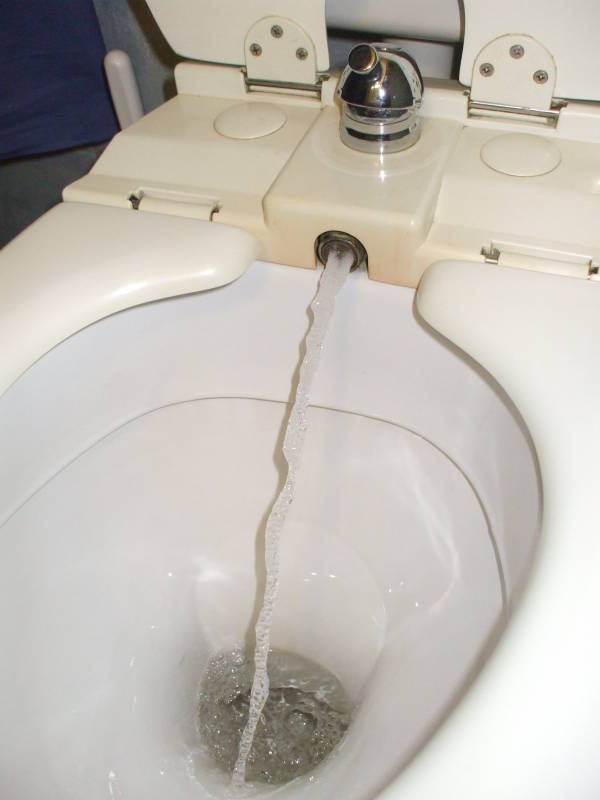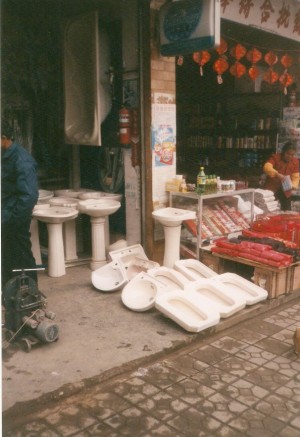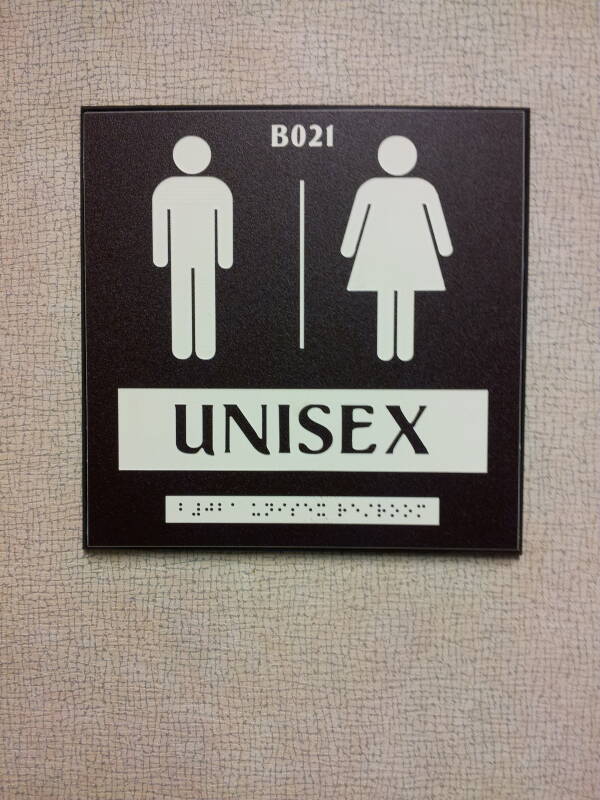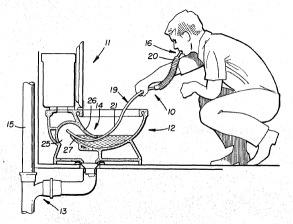
The Basic Toilet Questions
Answers for all of your basic toilet questions
People have a lot of questions about toilets. Did Thomas Crapper invent the flush toilet? Where do you find nothing but squat toilets, which countries have nothing but raised commodes, and which have a mix of squatting and sitting? When I'm done, should I clean myself with paper or water? If I do use paper, should I put it in the bowl or in a nearby rubbish bin? Why do these toilets have no seats? What is a bidet? How can I install my own squat toilet? What is a toilet snorkel?
For the answers to these and even stranger questions, click on any of the pictures or questions to be taken to detailed explanations with more pictures.

Thomas Crapper, 1836-1910, English plumber and industrialist but not the inventor of the flush toilet.
Did Thomas Crapper Invent the Flush Toilet?
No, he didn't. Toilets have been around at least since 3,000 BC, see the Neolithic toilets of Skara Brae for an example. Flushing toilets connected to a common sewage disposal system existed by 2,600 BC in the Indus Valley and 1,800 in Crete and Thera.
After the Romans left, England went back to filling chamber pots and flinging the contents out the windows. Sir John Harington re-invented the English flush toilet. There were English patents for flush toilet designs before Crapper was born, and prominent toilet designers and and manufacturers by the time he was 15 years old.
As for the word "crap", it dates back to Middle English meaning rejected material or residue, and the Oxford English Dictionary reports it being used as coarse slang for the act or product of defecation in a written work dating from when Crapper was just 10 years old.
Did Thomas Crapper Inventthe Flush Toilet? What About John Harington's
Flush Toilet Invention?
Squat or Sit?
This is the biggest toilet question in the minds of most international travelers. And for some, especially Americans, it may be the biggest question of all, part of what keeps them from travelling out of fear of the different: Will I have to deal with squat toilets in this country?
Squat or Sit?The "Squat or Sit?" page breaks it down country by country.
Wipe or Wash? Paper or Water?
The next question worrying the traveler is: What do the locals use, and therefore what will they provide for me: Toilet paper or water?
Wipe or wash?Put another way: Wipe or wash?
It varies with location, but this page breaks it down country by country. Sometimes it's paper, sometimes it's water, sometimes it's both as seen above in Italy.
Bowl or Bin?
It is very important to realize that the plumbing in many countries is not designed to handle toilet paper. Putting your used paper in the bowl is likely to cause severe problems.
But where do you put used toilet paper, in the bowl or in the bin?
For example, let's say you're in Велико Търново (Veliko Târnovo), Bulgaria. The toilet is nice and modern and very clean, but does the paper go into the toilet or into that waste bin?
It turns out that Bulgaria is east of the Paper Curtain and you should put your used paper into the waste bin. Read this page for the full details on which countries have plumbing that can handle your paper, where you need to put your paper into the waste bin, and what do to if neither is really possible.
In the bowl or in the bin?Where's the Seat?
Sometimes you will find a raised porcelain commode with no seat, like this example in Moscow, Russia.
Where is the seat and why is it missing?
It's very likely a cleanliness issue, as toilets can be much cleaner without a seat. Click here to learn why and to see countries where seatless toilets are common.
Why seatless toilets?What's a Bidet?
Some Americans go to Europe and wonder:
Why are there two toilets, and why does one of them look so strange?
Stop! That second unit is not a toilet, it is a bidet! Here is an explanation of what a bidet is and how to use it. This is Jim Morrison's bidet in Paris, or at least one just like it in another room in the same hotel.
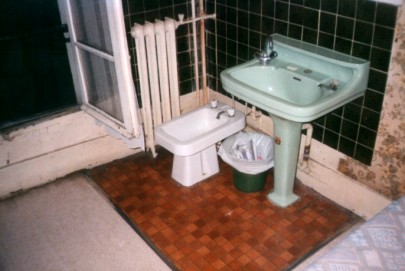
Some toilets have a bidet function added on, like this Italian unit. Japanese add-on bidet units can be very complicated. Turkish ones are just a copper tube.
Turkish squat toilets usually have a small plastic bucket next to the water spigot, and for some reason they are almost always red.
And sometimes you just have a short length of hose.
What is a bidet?How Can I Install My Own Squat Toilet?
A surprising number of people ask me: How can I install my own squat toilet?
Start by purchasing the hardware. At left you see a Chinese plumbing supply shop. However, you will find on my dedicated squat toilet installation page that you can buy squat toilets in countries where they aren't commonly used. What's more, you can even buy squat toilets from Amazon!
How can I install my own squat toilet?When, Where, and Why Were Public Toilets Segregated by Gender?
Originally, they weren't. Large public latrines in the Roman-administered Greek world were shared by men and women. Artfully draped togas provided all the privacy they cared about.
Public toilets disappeared with the rest of the infrastructure as the Western Roman Empire faded out. Europe had almost no public toilets for the millennium following the end of the Western Roman Empire. Large cities had a few garderobes or houses of easement through the 1400s and 1500s.
Public Toilets,Private Space,
And Gender
The first public toilets in western Europe began to appear around 1820. Segregation by sex was a product of Victorian morality, and became entrenched in building and plumbing codes from the 1880s through the 1920. Those laws are still in effect today.
Now a number of U.S. politicians are working on "Bathroom Bills", laws regulating toilet access by your birth certificate.
What is a Toilet Snorkel?
Yes, there really is such a thing as a Toilet Snorkel.
Click here to learn about the toilet snorkel: what it is, why it exists, and how to build your own.
What is a Toilet Snorkel?Should I collect and incinerate my sewage in the basement of my grocery store?
Believe it or not, W. Yearnshaw of Wyanet, Illinois, wrote a letter to The American Architect and Building News posing that very question.
Click here to learn about his construction plans and see what the editors suggested.
Should I build a basement sewage incinerator?